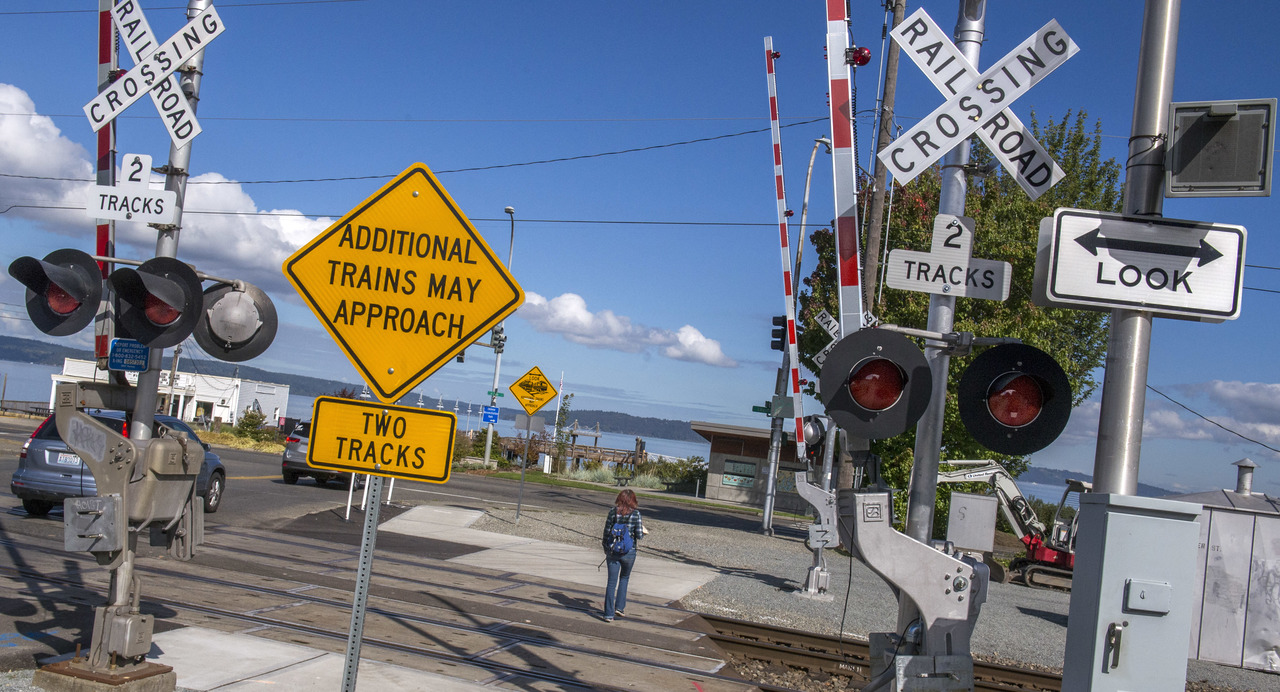


Railroad accidents happen more frequently than one would imagine. A train hits someone in the US every 115 minutes and nearly 2000 people are killed or injured each year in these accidents. The momentum of the train because of its weight and the speed at which they travel makes these accidents incredibly dangerous.
The majority of collisions between trains and motor vehicles occur when trains are traveling at less than 35 mph. In a quarter of all collisions, the train is already in the crossing when the car hits it. Nearly two-thirds of all collisions occur during the day and in crossings equipped with automatic warning devices, it is believed distracted driving must be the major cause.
Weight ratio between a train to a car is about 4,000 to 1; which is equivalent to the ratio of car to an aluminum can. A train traveling at 50 mph pulling 100 cars takes one mile to stop. Therefore in a collision between a train and a car likelihood of a fatality is 40 times higher than a collision between two motor vehicles.
When you are driving near a railroad crossing always follow these simple and life saving rules:
If your vehicle stalls on the tracks and you see a train approaching, get out of the vehicle immediately, move away from the crossing, and move towards the approaching train. This way you can avoid injury from flying debris. Call 911 immediately and inform police about the stalled vehicle. If you drive into the railroad crossing and the gate behind you comes down, keep driving, even if it means you break the crossing gate ahead of you. Never drive around a crossing gate that is down. If you suspect the gate is malfunctioning, call your local law enforcement or Railroad Company immediately.